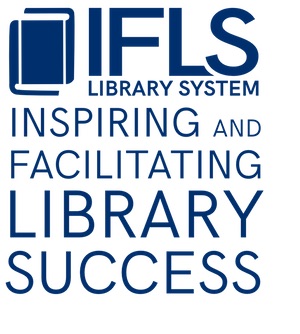 Okay, so we talked about The Wakanheza Project Principles: Judgment, Culture, Powerlessness, Empathy and Respect, Environment, The Moment.
Okay, so we talked about The Wakanheza Project Principles: Judgment, Culture, Powerlessness, Empathy and Respect, Environment, The Moment.
Now it is time to talk strategy. Here are some concrete ways to help create a welcoming environment and help avoid or diffuse unpleasant situations, taken from The Wakanheza Project Agency, Business and Community Organizing Guide. Some of these strategies will work better for you than others–they aren’t a one-size-fits-all situation, that is why there are several.
1. Offer assurance through a smile or a nod. Don’t underestimate the power of a friendly look. A group of teens coming into the library, a parent struggling with a child in the midst of a tantrum, and just about every other situation I can think of will be improved with adding a little friendly smile–a reassurance that you aren’t judging them!
2. Show empathy and imagine yourself in the other person’s shoes. This doesn’t mean that you change the policy (assuming it is a good policy!). It means you try to understand why a parent might come in to the library to use the computer, bringing along their 2 year old, and not supervise them as they should. That doesn’t mean that this person should be able to do this! But if you approach them with a bit of empathy as to their circumstances, maybe the interaction will go better. Are they a single parent with few options for childcare? Do they not understand how dangerous it is to their child to be unsupervised? Maybe they don’t understand the function of children’s librarians.
3. Distract or redirect their attention away from the stressful situation. This works great with kids, but also works with adults. A children’s museum employee saw a parent getting increasingly frustrated as they tried to wrangle their child into a carseat in the parking lot. The situation was escalating, and the employee went over to the parent, who looked up defensively. The employee said he just wanted to make sure she knew how to get onto the Interstate from there. This distracted the mother and child enough for both to calm down, and by the time the employee left the lot, the child was buckled in safely.
4. Find something positive to say about the child, young person, or adult. I’m sure this can be hard sometimes! But it does diffuse tension, redirect attention, and create some warmth in the situation.
5. Offer encouragement about something positive that you see in the situation. Even if it is just congratulating the person for coming to the library, or letting them know you are happy they are there, is a good thing. Of course, don’t say these things unless you mean them, people can tell if you are lying! But this can also diffuse tension, and reassure people and make them feel less defensive.
 Okay, so we talked about The Wakanheza Project Principles: Judgment, Culture, Powerlessness, Empathy and Respect, Environment, The Moment.
Okay, so we talked about The Wakanheza Project Principles: Judgment, Culture, Powerlessness, Empathy and Respect, Environment, The Moment.